Encountering a snake in the wild can be both fascinating and intimidating. Understanding where snakes create their nests and how to identify these areas from a safe distance is an essential skill for hikers, gardeners, and homeowners in snake-prone regions. Unlike birds with carefully constructed nests, snakes have different nesting behaviors that can be harder to identify. This article will guide you through the art of recognizing snake habitats and nesting sites while maintaining a safe distance, allowing you to appreciate these remarkable creatures without putting yourself at risk.
Understanding Snake Nesting Behavior
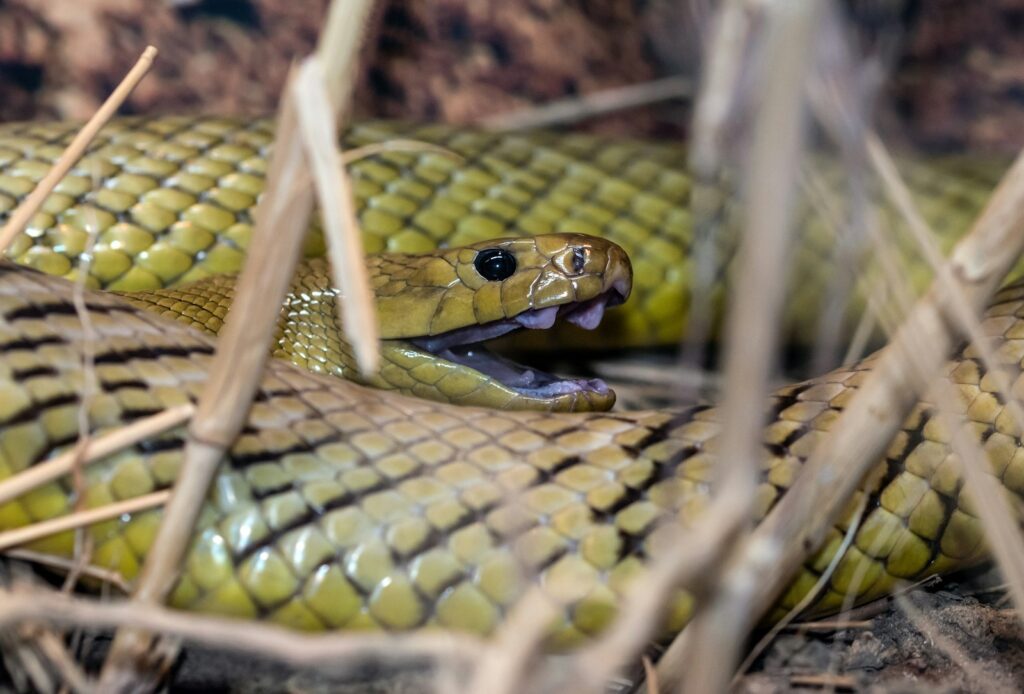
Snakes don’t build traditional nests like birds or some mammals, which makes their nesting sites less obvious to untrained eyes. Instead, most species seek out existing sheltered locations that provide protection, temperature regulation, and proximity to food sources. Viviparous snakes (those that give birth to live young) might simply find a secure location to give birth, while oviparous species (egg-laying snakes) select specific sites to deposit their eggs. These egg-laying locations need to maintain consistent temperature and humidity levels to ensure proper embryonic development. Understanding these fundamental differences in snake reproduction helps in identifying potential nesting areas without needing to get dangerously close to investigate.
Common Snake Nesting Locations
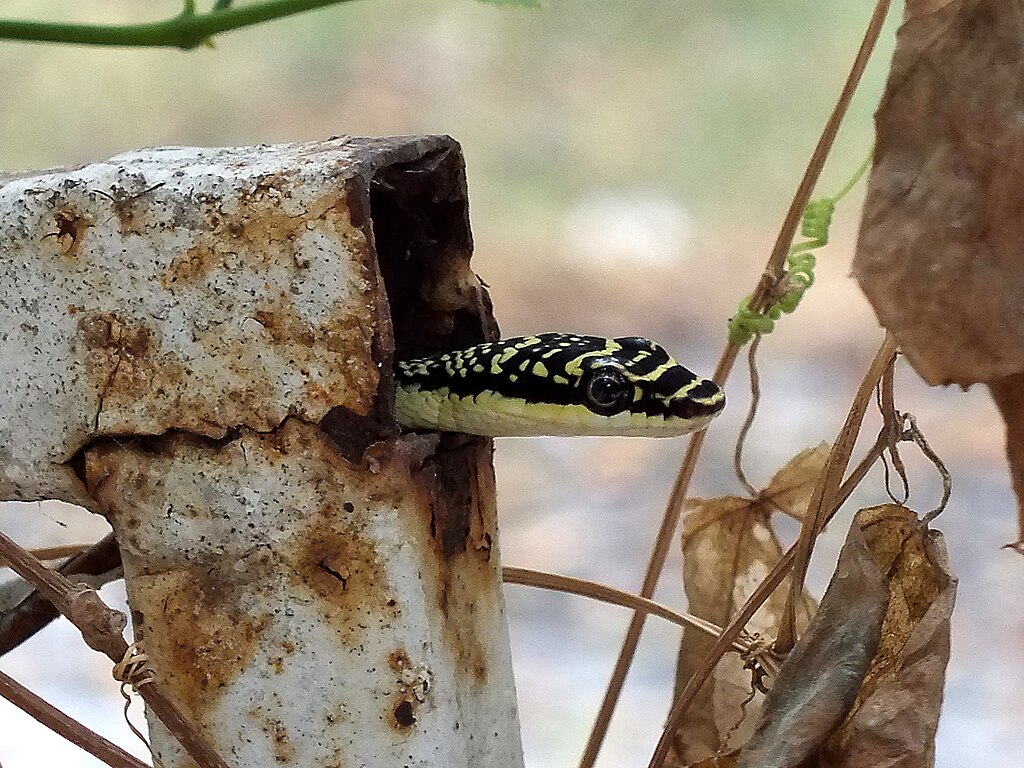
Snakes typically establish nests in protected, undisturbed areas that offer the right environmental conditions. Rotting logs, compost heaps, leaf piles, and abandoned rodent burrows are prime real estate for snake nesting. Rock crevices and gaps under concrete slabs or building foundations also provide ideal shelter with stable temperatures. In residential areas, woodpiles, dense vegetation, and cluttered storage spaces often attract nesting snakes. Agricultural settings might see snakes nesting in hay bales, equipment storage areas, or alongside irrigation systems. Recognizing these potential hotspots allows you to exercise caution when approaching such areas, especially during breeding seasons.
Visual Indicators of Snake Presence
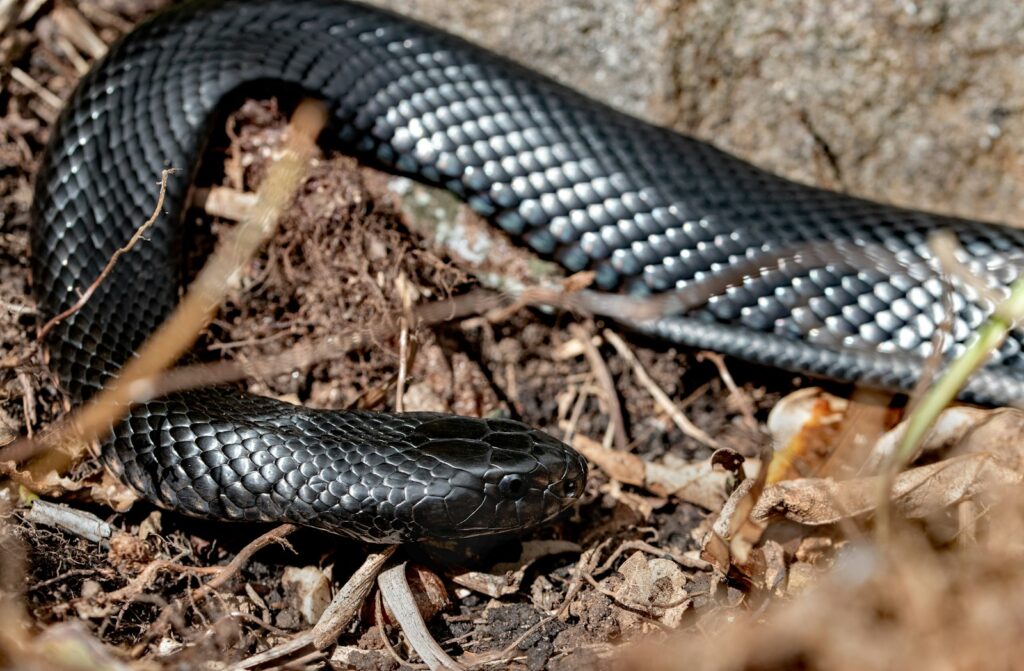
Even without seeing the snake itself, several visual clues can indicate a snake’s presence or nesting site. Shed skins are perhaps the most obvious sign, appearing as translucent, paper-thin replicas of the snake that can reveal both the species and approximate size. Distinctive track patterns in soft soil or dust show a serpentine trail that differs from other wildlife tracks. For egg-laying species, you might occasionally notice disturbed soil or substrate where eggs were recently deposited. Around potential nesting sites, you may also observe a reduction in small prey animals like mice, as resident snakes actively hunt in their territory. Being attentive to these subtle signs allows for snake nest identification without confrontation.
Seasonal Considerations for Snake Nesting
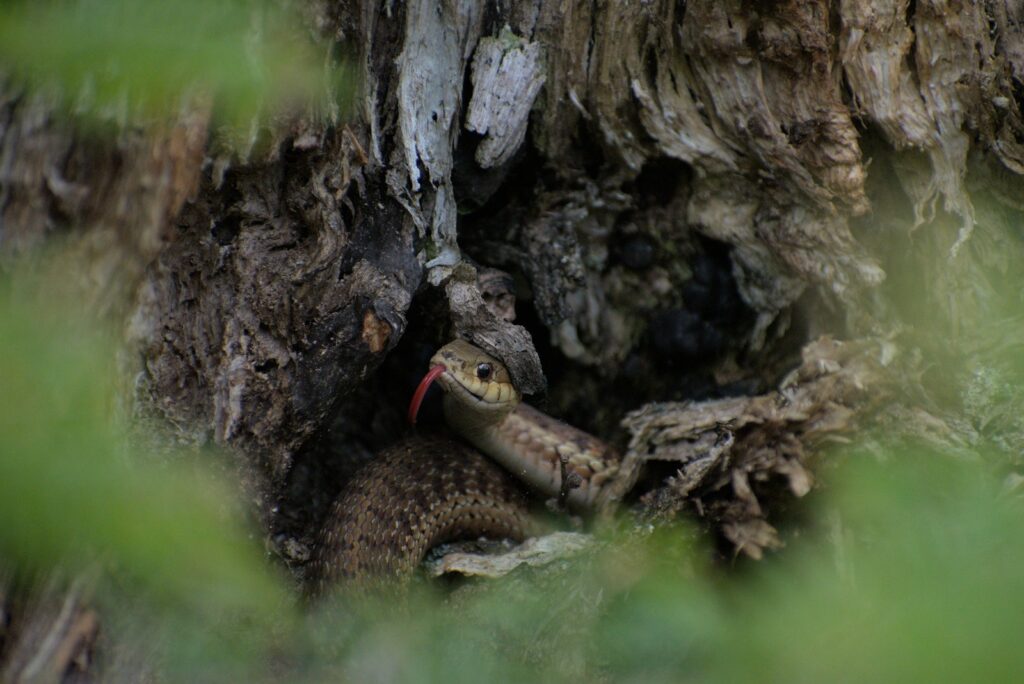
Snake nesting activity follows seasonal patterns that vary by species and geographic location. In temperate regions, most snake species mate in spring after emerging from winter brumation, with eggs being laid or young being born in mid-to-late summer. Tropical and subtropical snake species may breed multiple times throughout the year when conditions remain favorable. Understanding your local snake species’ reproductive cycles is invaluable for anticipating nesting activity. During peak nesting seasons, exercise heightened awareness when exploring areas with suitable snake habitat. The period immediately following birth or hatching can be particularly sensitive, as mother snakes of certain species may guard their young, potentially increasing defensive behaviors.
Using Technology for Safe Observation
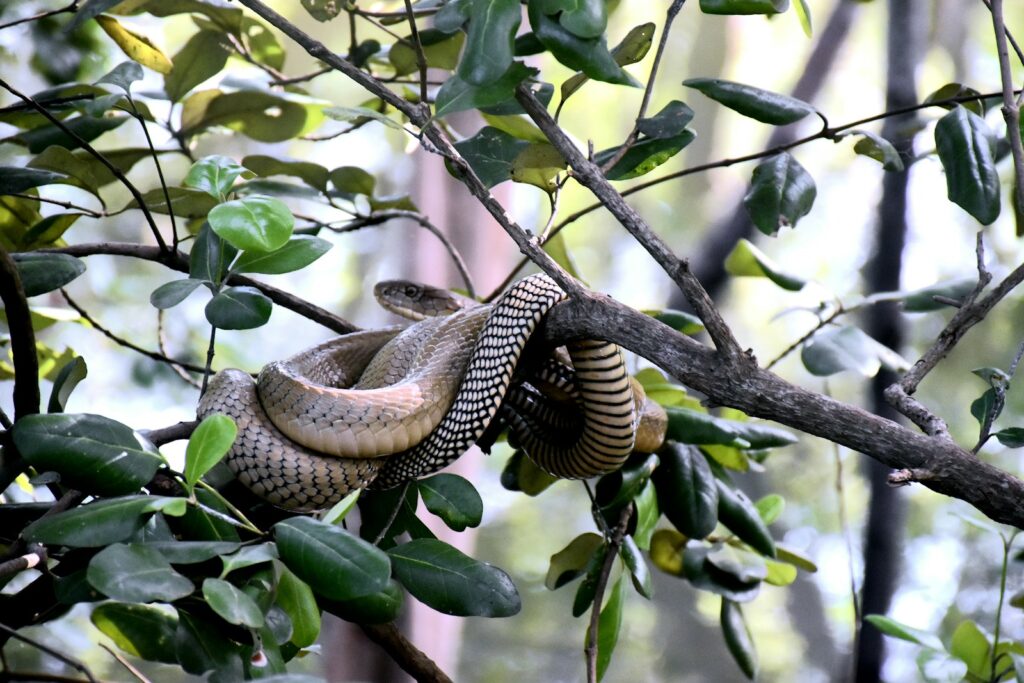
Modern technology offers several tools that allow for safe observation of potential snake nesting sites. A quality pair of binoculars enables detailed viewing from a comfortable distance, eliminating the need to approach suspected areas. For hard-to-see locations, a smartphone attached to an extendable selfie stick can capture images of spaces under rocks or inside crevices. Trail cameras with motion sensors can be strategically placed near suspected nesting sites to document snake activity without human presence. Thermal imaging attachments for smartphones can sometimes detect the heat signatures of snakes or recently laid eggs, particularly useful during cooler mornings when the temperature difference is most pronounced. These technological solutions provide valuable information while maintaining a safe buffer zone between observer and wildlife.
Recognizing Snake Eggs

If you happen to discover eggs that might belong to a snake, careful observation from a safe distance can help with identification. Snake eggs typically have a leathery, pliable shell unlike the brittle shells of bird eggs, and they’re usually oblong or elliptical. Most snake eggs are white, off-white, or slightly yellowish, lacking the speckled patterns common in bird eggs. Size varies considerably by species, ranging from about 1-5 inches in length. Snake eggs are typically laid in clutches, with anywhere from 2 to 50 eggs depending on the species. Unlike bird nests, snake eggs won’t be found in elevated structures but rather in protected ground-level locations that maintain consistent temperature and humidity.
Differentiating Between Venomous and Non-Venomous Snake Nests
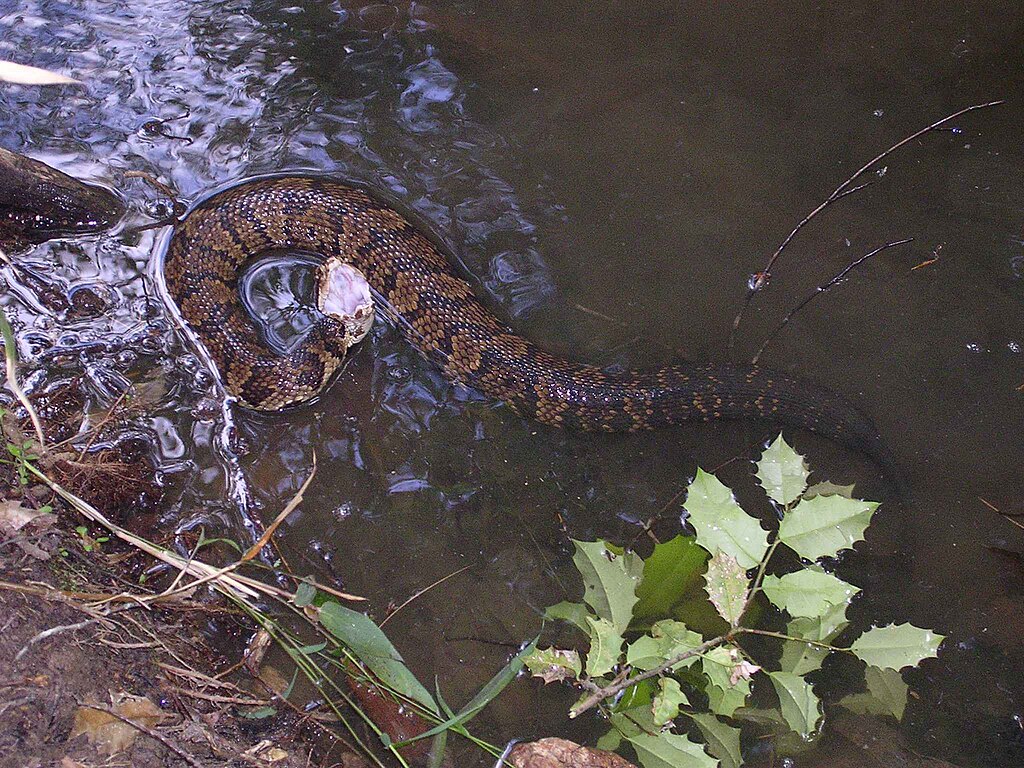
The nesting sites of venomous and non-venomous snakes aren’t inherently different, making identification challenging without seeing the snake. However, understanding which venomous species inhabit your region helps narrow the possibilities. In North America, locations favored by rattlesnakes, such as rocky outcroppings with southern exposure, deserve extra caution. Copperheads and cottonmouths may nest in damp, wooded areas near water sources. Coral snakes typically nest underground in sandy soils. Local field guides and wildlife resources can provide specific information about venomous snakes in your area. Remember that professional identification is always recommended when uncertain, and maintaining distance is the safest approach regardless of whether a snake is venomous or not.
Signs of Recently Hatched Snake Nests
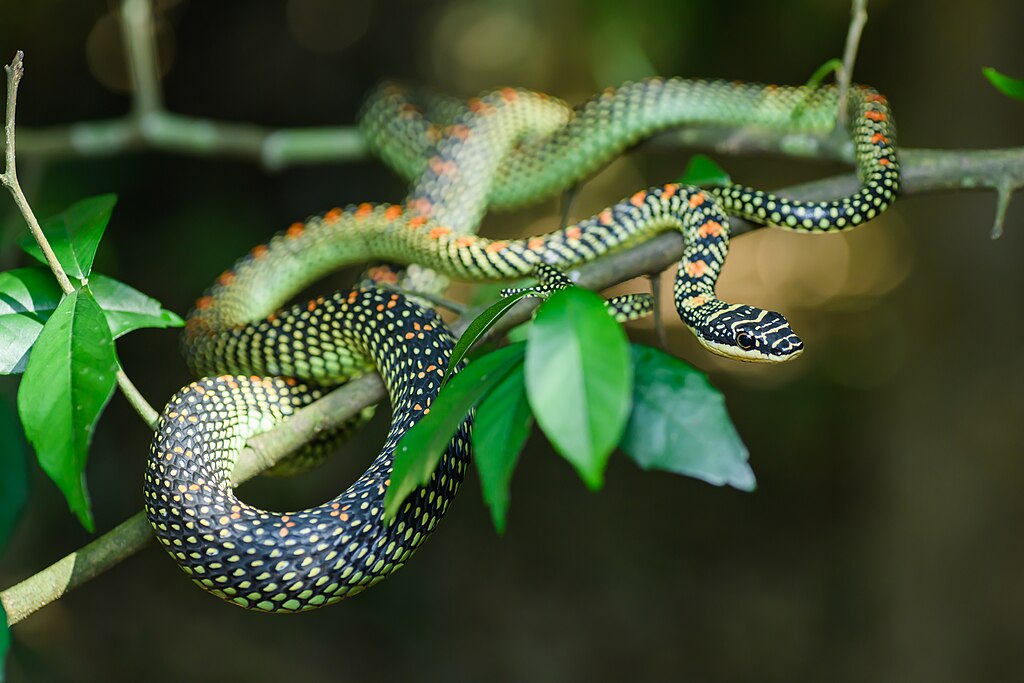
A recently hatched snake nest leaves behind distinctive evidence that even novice observers can identify from a safe distance. Empty eggshells with longitudinal slits (rather than the crushed appearance of predated eggs) indicate successful hatching. Multiple shed skins in a small area suggest newly hatched snakes that typically shed shortly after emergence. Tiny snake tracks leading away from a central location in multiple directions point to dispersing hatchlings. The substrate around hatched nests may appear disturbed or slightly excavated compared to surrounding areas. These indicators allow you to confirm a hatched nest without disturbing any remaining eggs or lingering mother snakes of protective species.
Snake Nesting Hotspots Around Residential Areas
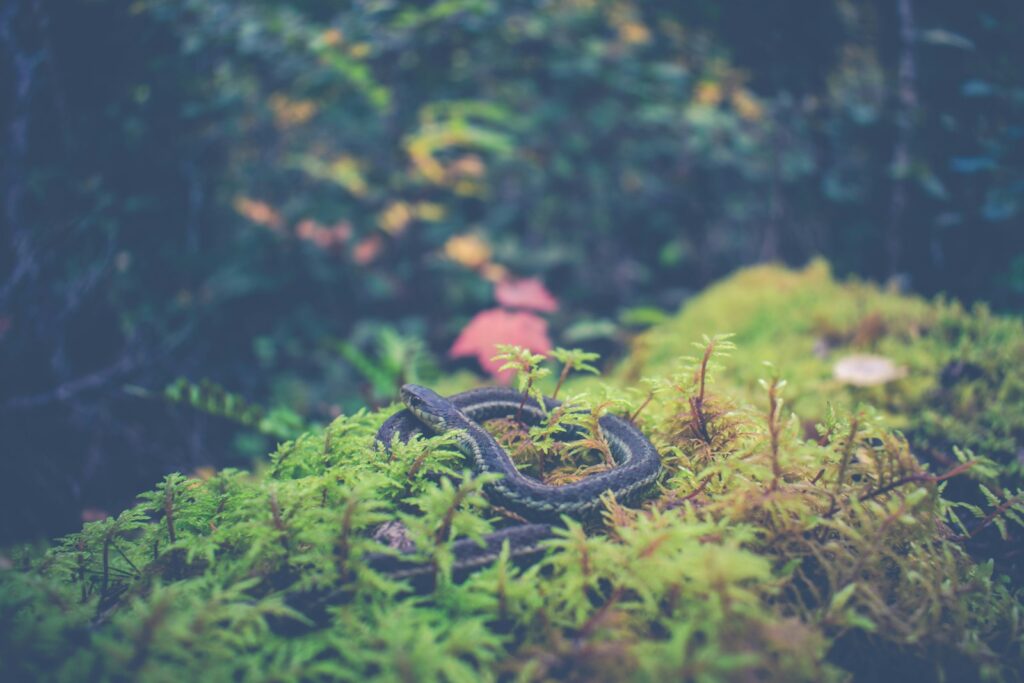
Residential properties often contain an ideal snake nesting habitat that homeowners should monitor from a safe distance. Garden compost piles provide both warmth and food sources, making them particularly attractive to egg-laying snakes. Decorative rock walls with gaps between stones offer perfect sheltered crevices for nesting. Elevated decks and porches with space underneath create protected, predator-free zones that snakes readily utilize. Neglected areas with tall grass, fallen logs, or debris piles present perfect snake nurseries with abundant hiding spots. Regular property inspections focusing on these hotspots, especially during breeding seasons, allow homeowners to identify potential nesting activity while maintaining a respectful distance from these beneficial predators.
Safe Monitoring Techniques

Establishing safe monitoring routines allows for ongoing observation of suspected snake nesting sites without risk. Creating designated observation points at a minimum distance of 10-15 feet from potential nests provides adequate safety while still allowing visual confirmation. Using the same path for approaches minimizes disturbance and allows snakes to become accustomed to limited human presence. Early morning monitoring, when snakes are often basking to raise their body temperature, increases the chances of visual confirmation while snakes are relatively sluggish. Maintaining a monitoring journal with dates, times, and observations helps establish patterns of snake activity over time. These non-invasive techniques respect the snake’s space while satisfying scientific curiosity.
When to Contact Wildlife Professionals
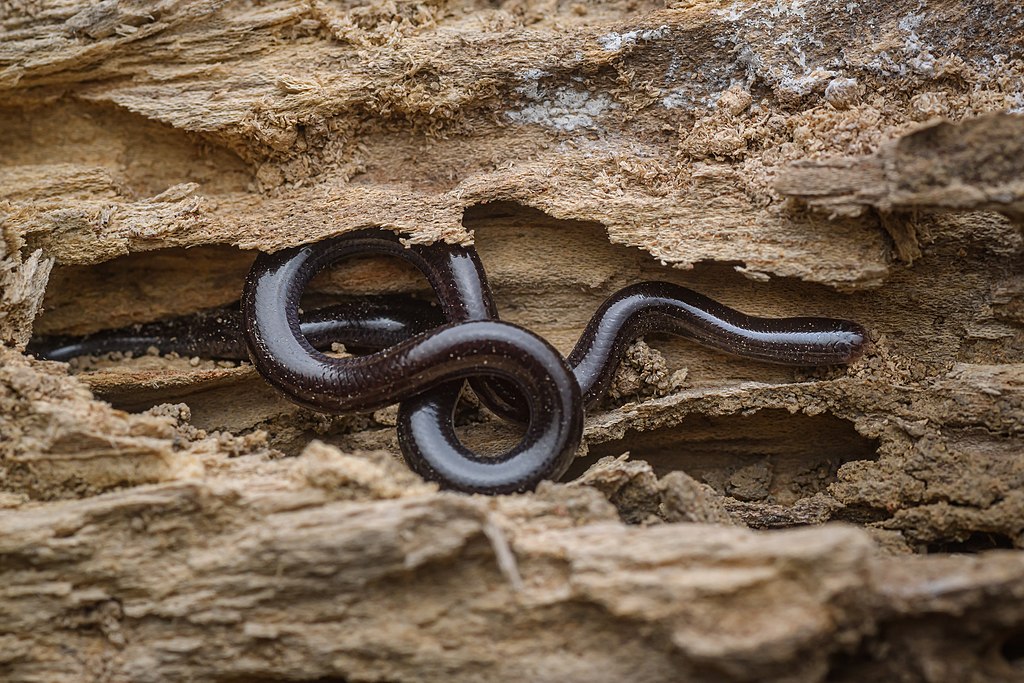
Certain situations warrant contacting wildlife professionals rather than attempting personal monitoring or management of snake nests. If a suspected nest is located in a high-traffic area where human-snake conflict is likely, such as near play equipment or busy walkways, professional assessment is advisable. Nests inside structural elements of buildings may require expert removal to prevent property damage. Any nest where venomous species are confirmed or strongly suspected should be handled by trained professionals with proper equipment and antivenom access. Multiple snake sightings in residential areas, particularly around children’s play areas, justify professional consultation even if the exact nest location hasn’t been identified. Wildlife professionals can safely relocate snakes and provide customized prevention strategies.
Creating Distance While Preserving Habitat
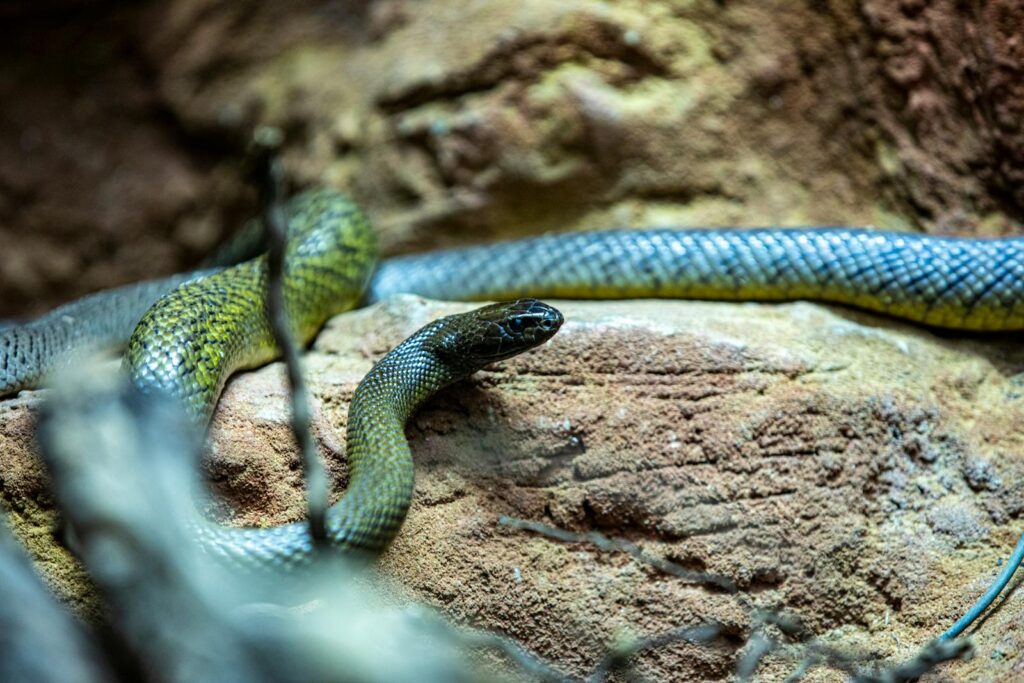
With snake conservation becoming increasingly important, modern approaches focus on creating safe separation rather than elimination. Strategic landscaping with low-growing, sparse vegetation around frequently used human areas creates a natural buffer zone where approaching snakes can be easily spotted. Maintaining a yard perimeter with fine gravel or other materials that make snake traversal difficult and noisy provides an early warning system. Elevated seating and pathways reduce the chance of accidental encounters with ground-dwelling snakes. Dedicated wildlife areas at property edges, left purposely wild with brush piles and tall grass, provide alternative habitats that redirect snakes away from human-use zones. These habitat modifications create distance while acknowledging the ecological importance of these misunderstood reptiles.
Educational Opportunities from Safe Observation
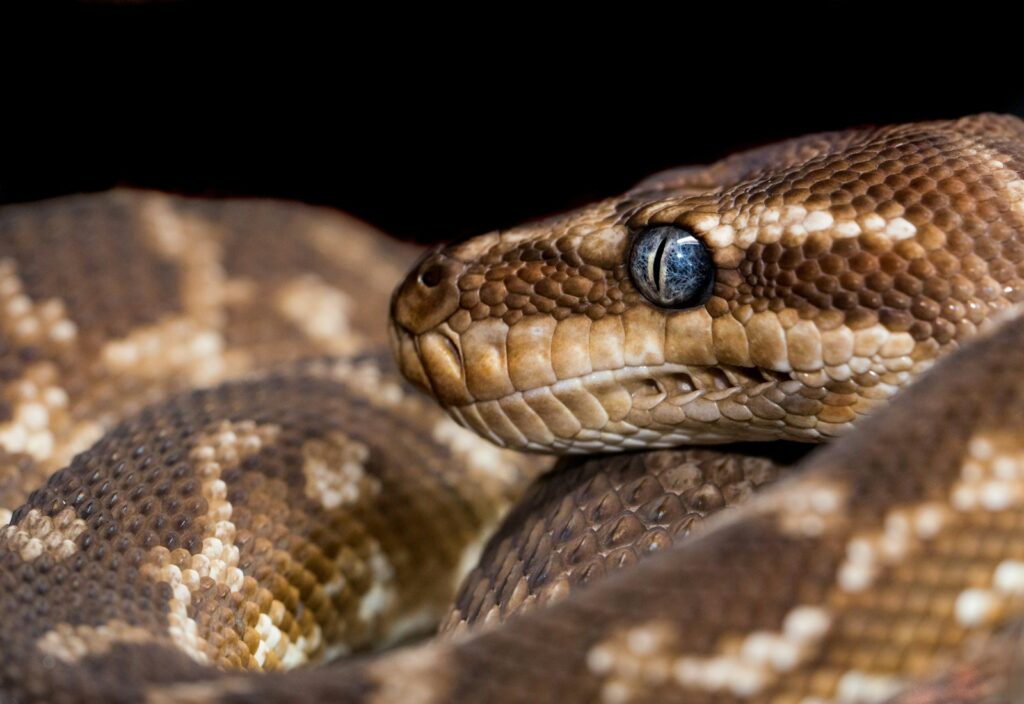
Discovering a snake nest from a safe distance creates valuable educational opportunities for families and communities. Photographing the site from afar and researching local species together helps develop nature appreciation and wildlife identification skills. Creating a neighborhood naturalist journal where multiple observers document snake activity promotes community science and environmental awareness. For families with children, safe snake watching develops observation skills and teaches responsible wildlife interaction. Educational institutions can use documented nest sites for biology lessons on reptile reproduction and ecological roles. These learning experiences transform potentially fearful encounters into meaningful connections with the natural world, fostering the next generation of conservation-minded citizens.
Understanding how to identify and monitor snake nesting sites from a safe distance balances our natural curiosity with respect for wildlife. By recognizing potential nesting locations, seasonal patterns, and telltale signs of snake activity, we can coexist with these important predators without unnecessary risk. Remember that snakes play vital ecological roles in controlling rodent populations and maintaining healthy ecosystems. When encountering potential snake habitat, maintain a respectful distance, use appropriate observation tools, and consider consulting wildlife professionals when nests are found in problematic locations. With knowledge and caution, spotting snake nests can become an enriching wildlife experience rather than a cause for alarm.




